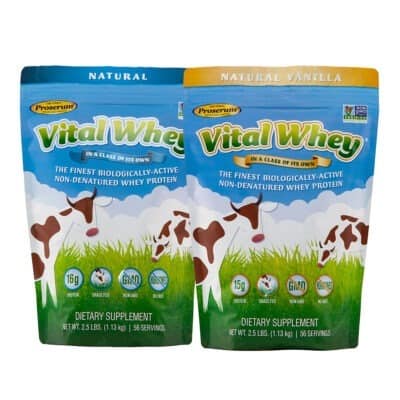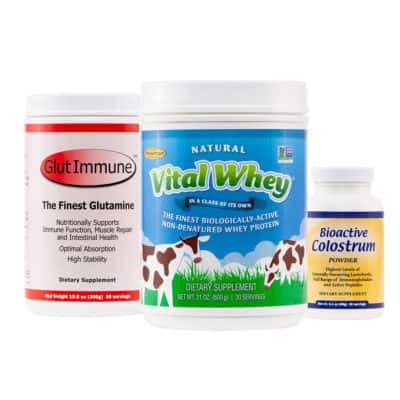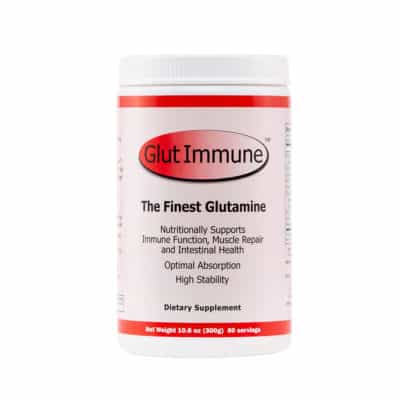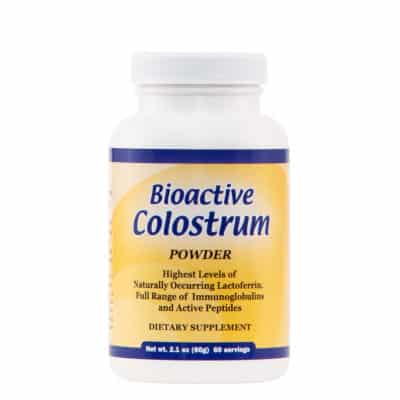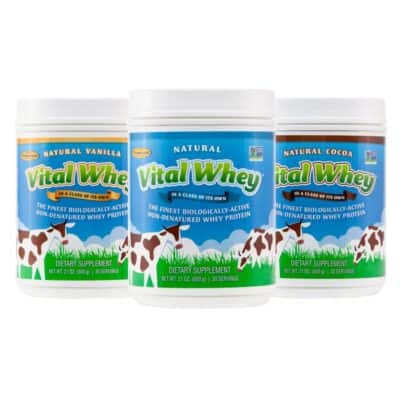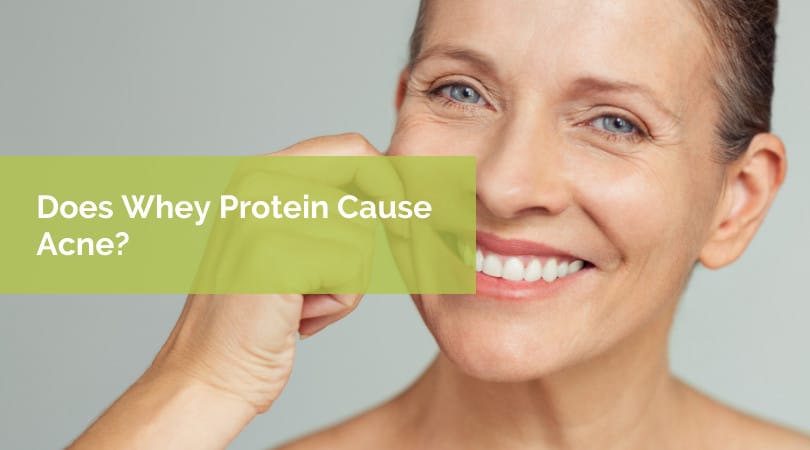
Why Does Whey Protein Cause Acne?
Acne is a frustrating skin condition that usually impacts teenagers due to hormone fluctuations but can also be an annoyance for adults. Unfortunately, acne is a complex condition with many underlying causes. Its triggers are poorly understood, even though it is so common.
You might know there is a possible connection between your diet and breakouts. Chocolate is frequently to blame for causing acne, but the relationship isn’t all that clear.
There are many foods that have been linked to increased breakouts, however, the connection between food and acne is not always black and white.
One of these foods that has been found to trigger acne in a handful of small studies is whey protein. So, does whey protein cause acne? Should you stop drinking whey protein if you struggle with acne? Let’s take a deeper dive into the possible connection between whey protein and acne.
What Causes Acne?
The inflamed blemishes you see with acne are the result of colonization of the skin by a bacteria called P. acnes. The presence of this bacteria triggers inflammation in the skin, increasing the production of sebum, a waxy substance used to keep the skin moisturized.
When there is too much sebum in combination with inflammation this blocks the skin follicles, causing a pustule to form. This is what causes the white heads, commonly known as acne.
There is also a hormonal component with acne. Estrogen, progesterone and testosterone, hormones that go crazy during the teenage years, can also increase sebum production and acne. High insulin is linked to acne as well, as it can throw off the levels of other hormones.
Food and Acne
There are several different foods that may trigger breakouts. You may have heard that eating chocolate, sugar or dairy products can increase acne.
But, what does science say? Research has found that sugar, saturated fat, trans fats, milk, fish, and high glycemic foods are all linked to acne breakouts.
Since acne is triggered by inflammation and high insulin levels, most of the research on controlling acne with diet has to do with managing blood sugar and reducing inflammation to decrease breakouts. A 2007 study found that eating a low glycemic diet to keep insulin levels low, decreased acne lesions within 12 weeks.
A low glycemic diet involves eating foods that don’t spike blood sugar. Usually this is a diet full of whole grains, vegetables, some fruit, and protein. It would make sense that this type of healthy diet would also be healthy for your skin.
A review of multiple studies on acne and diet found that a paleolithic style diet (based on increasing fish and vegetable intake while reducing sugar, grains, and inflammatory fats) was also beneficial for acne. This type of diet helps reduce inflammation and control insulin levels; therefore, it is no surprise that it might be beneficial for acne as well.
Dairy Products and Acne
Dairy has been associated with an increase in acne breakouts. A 2018 meta-analysis evaluated 14 studies on acne and dairy intake that included over 78,000 participants between the ages of 7-30.
The analysis concluded that any intake of dairy products, including milk, yogurt and cheese was associated with an increase in acne in younger adults.
This particularly large study did not look at whey protein as one of the dairy products. But since many of the dairy products evaluated did find that there was a connection between their consumption and acne, it makes sense that whey protein may have the same effect.
The reason why dairy products are associated with an increase in acne is the effect dairy has on hormones. The hormones found in milk increase sebum production. Additionally, whey protein directly increases insulin-like growth factor and testosterone, which also triggers an increase in sebum, and more acne pustules.
Whey Protein and Acne
What about any whey protein concentrate or whey protein isolate and acne? What do the whey protein and acne studies say? Does whey protein cause acne?
Whey is one of the two proteins in cow’s milk, which means it is a dairy product. As we have discussed, dairy has been linked to an increase in breakouts.
But there is no strong research on whey protein and acne. There have been a handful of small studies and observational reports about the connection between whey protein and breakouts. But there have been no large-scale controlled studies to explore this connection.
Many of these smaller studies involve body builders. There are many other variables other than whey protein that could influence the state of their skin. Many bodybuilders use milk to help increase calorie and protein intake. The liquid milk may be a bigger problem for skin than the whey.
Bodybuilders also do other things that may trigger acne. Sweat, using anabolic steroids, or a high body mass index may all also be causes of acne. Therefore, this type of research, while interesting, cannot provide any definitive triggers of acne.
So, can whey protein cause acne breakouts? The answer is there is not enough data and research to say yet for sure. The connection between whey protein and acne may be based on individual tolerance of dairy-based products.
Should You Quit Your Daily Shake to Prevent Acne?
Maybe, maybe not.
If you are struggling with acne breakouts, whey is just one food that could be a possible trigger. But not all foods are triggers for all people, which means whey isn’t going to cause acne in 100% of people. Some people may find that just one serving makes them breakout, whereas others can tolerate whey protein a few times a week.
When trying to determine if you are sensitive to whey or if it is the cause of your acne, look at how you are preparing your protein shake. Are you using cow’s milk as your base? It may be the dairy, not the whey that is causing breakouts. So, consider using a plant-based milk or water instead.
Are you loading your shake up with fruit or juice? Although fruit is healthy, too much can spike your blood sugar, increase your insulin levels and lead to more breakouts. To be even more vigilant, be sure to use a low-sugar or no-added-sugar whey product to avoid the increase in insulin levels associated with acne. Need ideas for recipes? Check out our recipe collection.
Improving Acne with Diet and Lifestyle Changes
Just remember there is no single food that cures or causes acne. Breakouts are likely triggered by a combination of dietary choices, lifestyle factors, stress and hormone fluctuations.
The best thing to do for acne is not to avoid one specific food, but instead figure out if your overall diet might be the problem. A diet that spikes insulin levels or inflammation may be a bigger problem than whey protein for acne. The first step is to adopt a low glycemic, anti-inflammatory diet to see if that reduces breakouts.
A low glycemic, anti-inflammatory diet involves eating lots of lean protein, low glycemic fruits, vegetables, and healthy fats. It limits refined carbohydrates, sugar, and processed foods.
Lifestyle habits should also be evaluated, look at what else might be causing the breakouts. Are you sitting in sweaty gym clothes or not washing your face after your workout? Are you using the wrong kind of products for your skin type? Not properly taking care of your skin could also be triggering your acne.
It’s important to remember that acne has many different causes, from stress to poor gut health to food sensitivities or using the wrong skincare products. Improving acne with lifestyle changes can be a bit of a trial and error process.
The bottom line is you won’t know if whey protein is causing your breakouts unless you eliminate it from your diet. You can try switching to a different type of protein powder to see if that improves your skin, but give it 30 days to see if there is a change.
Acne can be an annoying condition that is difficult to get rid of. If you are having regular breakouts, the best thing to do is speak to a dermatologist who can evaluate your skin and help you determine the best treatment plan for you.
References
- Arora MK, Yadav A, Saini V. Role of hormones in acne vulgaris. Clin Biochem. 2011;44(13):1035-1040.
- Burris J, Rietkerk W, Woolf K. Relationships of self-reported dietary factors and perceived acne severity in a cohort of New York young adults. J Acad Nutr Diet. 2014;114(3):384-392.
- Smith RN, Mann NJ, Braue A, Mäkeläinen H, Varigos GA. A low-glycemic-load diet improves symptoms in acne vulgaris patients: a randomized controlled trial. Am J Clin Nutr. 2007;86(1):107-115.
- Melnik BC. Linking diet to acne metabolomics, inflammation, and comedogenesis: an update. Clin Cosmet Investig Dermatol. 2015;8:371-388.
- Juhl CR, Bergholdt HKM, Miller IM, Jemec GBE, Kanters JK, Ellervik C. Dairy Intake and Acne Vulgaris: A Systematic Review and Meta-Analysis of 78,529 Children, Adolescents, and Young Adults. Nutrients. 2018;10(8). doi:10.3390/nu10081049
- Cappel M, Mauger D, Thiboutot D. Correlation Between Serum Levels of Insulin-like Growth Factor 1, Dehydroepiandrosterone Sulfate, and Dihydrotestosterone and Acne Lesion Counts in Adult Women. Arch Dermatol. 2005;141(3):333-338.
- Cengiz FP, Cevirgen Cemil B, Emiroglu N, Gulsel Bahali A, Onsun N. Acne located on the trunk, whey protein supplementation: Is there any association? Health Promot Perspect. 2017;7(2):106-108.
- Simonart T. Acne and whey protein supplementation among bodybuilders. Dermatology. 2012;225(3):256-258.
- Persistent Tiredness and Chronic Fatigue: Causes and Symptoms - February 27, 2024
- Can A Protein Shake Replace A Breakfast Meal? - March 2, 2023
- Glutamine After Surgery: Does It Help With Recovery? - February 17, 2023

